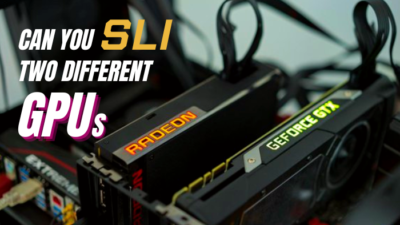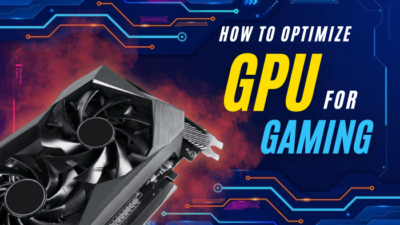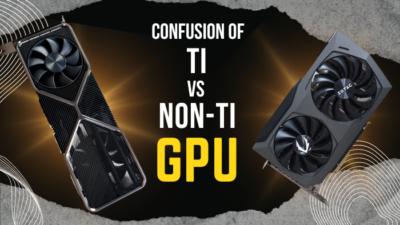For those running a system with integrated graphics, you must have seen Shared Video Memory inside the Graphics Settings. But do you really have all that memory that you see displayed there?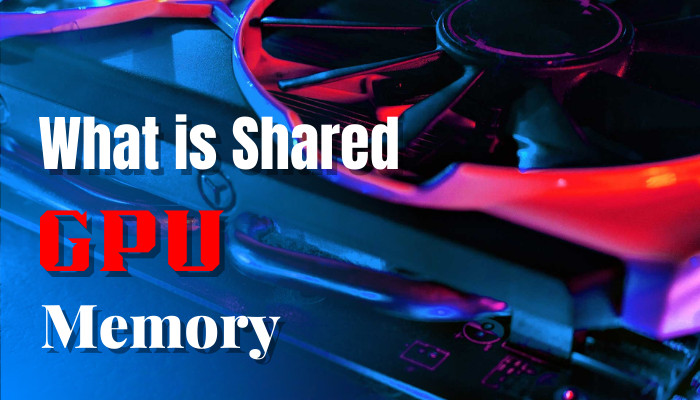
Definitely not. That’s just the maximum shared memory taken from RAM, available for your graphics controller. Windows uses a part of the main memory as a buffer when the need arises.
So, is shared memory worth looking at? To answer that and more such queries, that let’s start.
Most CPUs come with built-in graphics. Normally they do not have a separate memory allocated to them. That means they have to use a portion of the RAM to store their data.
Windows is responsible for allocating this amount. It is not fixed but dynamic — it changes with your system’s memory capacity. But mostly, 50% of the RAM can be allocated to the GPU controller if needed.
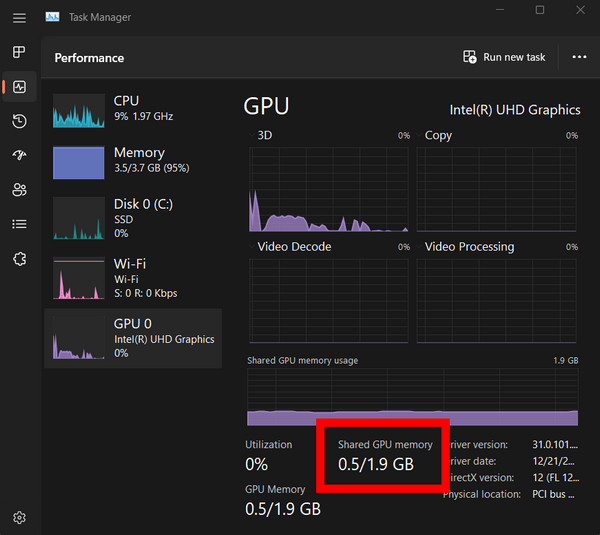
That does not mean half of the RAM is permanently reserved. You can continue using any applications and utilize the full memory. It’s just when needed the Graphics adapter can use its allocated space too.
But is shared GPU memory as fast as a dedicated one you would normally find on Graphics cards? Actually not.
Check our latest post on what to do with old Graphics Card.
Shared GPU memory is basically RAM. It can be DDR4 or DDR5 depending on the type of memory on your system. Its memory clock speed can range from 2400 – 6400 MHz.
Whereas on GPUs, the type of memory used are GDDR5, GDDR6, and HBM. These are soldered directly to the GPU for faster access. And they are much faster than your main memory.
As a comparison, the memory clock of GDDR5X and GDDR6 is close to 17000 MHz, while GDDR5 had a clock speed of 8000 Mhz. GDDR6 implements a quad data rate design while GDDR5 uses a double data rate similar to DDR4 or DDR5 memory.
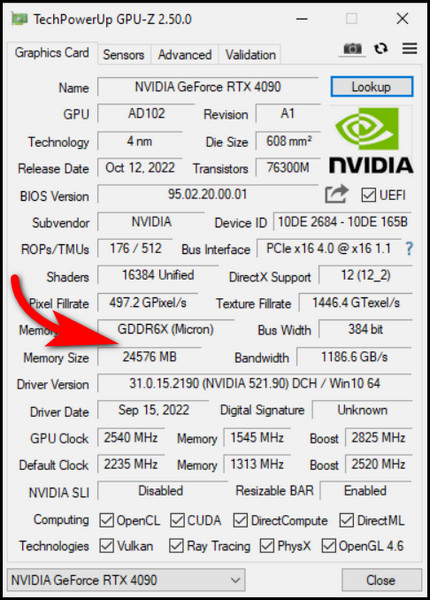
The other differences are the amount of memory used in each case. You can find 1, 2, 4, 6, 8, 16, and up to 24 GB of dedicated memory in different models of graphics cards.
No wonder, the maximum memory on a GPU belongs to the mighty RTX 4090, which was announced in late 2022.
As for shared memory, Windows allocates that automatically. But on AMD APUs with iGPUs, you can actually set up to 4 GB of your main memory as a dedicated VRAM.
We explored all the integrated GPUs that are available in a separate article. Do check it out.
The best way to increase the shared GPU memory is by upgrading your RAM. As your operating system will use it anyway to allocate space for the video adapter, more free space on your RAM is never a bad idea.
For most systems using integrated graphics, 16 GB of memory is sufficient. Try using it in a dual-channel arrangement to maximize the graphical performance.
While you can change some registry entries to change the amount of shared memory that Windows allocates automatically, I don’t think it is worth it. Once you change it, you will start experiencing worse performance in games and applications as reported by some users on Reddit.
For AMD APUs that utilize a faster VEGA or RDNA-based integrated GPU, you can set a fixed amount of memory to be used as VRAM right from the BIOS. But remember to have sufficient memory beforehand to avoid running into low memory warnings.
Follow the steps to change the dedicated memory for your IGPU from the BIOS:
- Press the BIOS key to boot into BIOS. This is typically the Del key, but you can also try pressing the F2, F8, and F10 keys. If these do not work for you, consult your motherboard manual or support website for this information.
- Now navigate to Advanced > NB Configuration.
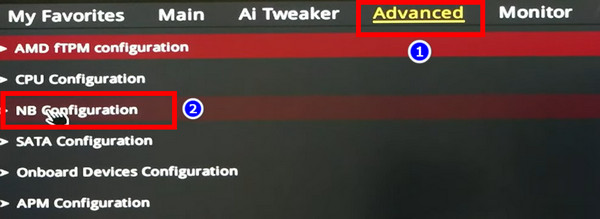
- Set UMA Buffer Size to 2 GB. If you have 16 of memory installed, you can also set 4 GB here.
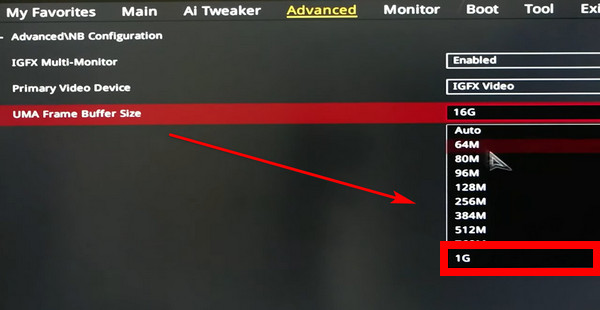
- Save these changes and exit the BIOS.
Now open Task Manager and go to the GPU section. You should see the dedicated memory changed to the value that you just set.
Read more on how to tell if a game is CPU or GPU intensive?
Frequently Asked Questions
Is shared GPU memory useful?
A shared GPU is useful when the VRAM is filled up and the graphics controller needs to offload some files. Windows then stores those files on the RAM temporarily and prevents any apps that use the iGPU from crashing.
Does a shared GPU memory affect performance?
If your apps are crashing due to a low VRAM, shared memory can alleviate this. But remember, it will not provide you with increased frame rates. But this requires you to have adequate free memory on your PC.
Is shared graphics memory good for gaming?
Not generally. Shared memory is quite slow compared to the onboard VRAM found in your GPUs. The time to offload data between these two memory introduces latency, which sacrifices a lot of performance.
Final Words
If you are running a game that is constantly using up all your video memory, shared GPU memory can help you out temporarily. But you will be losing performance constantly, and upgrading your GPU looks to be the best way going forward.
That’s all for today. Do comment if you have any related queries.
Until then, it is goodbye from us.

